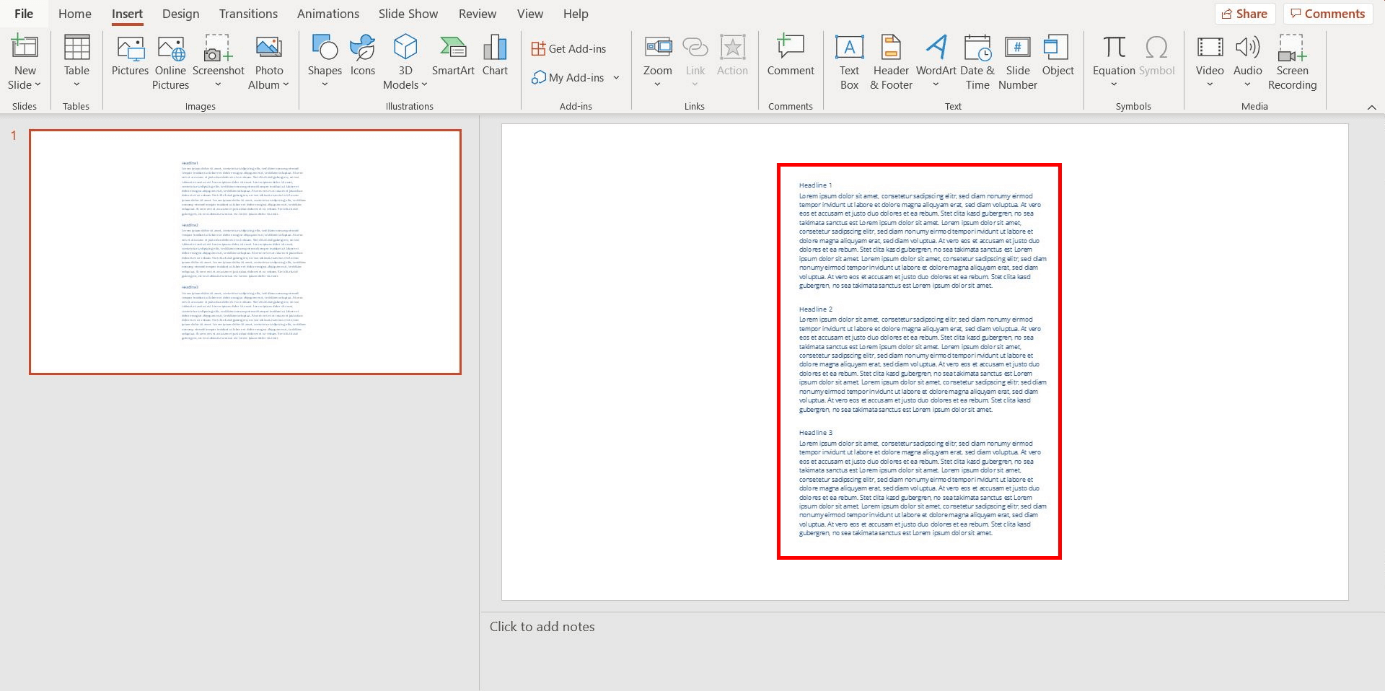
Rather than providing the URL of the link, consider creating a hyperlink with text to describe it. Links should provide a clear and accurate description of the link destination. Screen reader users sometimes scan a list of links. Avoid using the same title for slides that have spill-over information, consider including additional information such as ‘Slide Title 1 of 2’. Using unique slide titles allows them to clearly understand which slide they are on. Individuals who use a screen reader skim slide titles to navigate they can quickly scan through a list of slide titles and go right to the slide they want. Use a pre-set layout from the New Slide drop-down selection options, select the layout that best fits your needs.

If there are more than one Text Box on a slide it may be read out of order by a screen reader. For those who use University of Washington branded PowerPoint templates, users can download the most recent versions that include accessible layout.Īvoid using Text Boxes as they do not show up in Outline View which makes converting PowerPoint to HTML problematic. Theme layouts should be adjusted in the Slide Master to maintain accessible formatting for screen reader users.

They also contain all the formatting, such as theme colors, fonts, and effects. Use Built-in Slide Templatesīuilt-in slide layout templates are designed so the reading order is the same for people with vision and for people who use assistive technology such as screen readers. The following information includes basic steps for applying these core accessibility principles and for keeping accessibility in mind. For users of assistive technology, screen readers and Braille devices can convey content in a PowerPoint presentation if the author follows the core principles outlined in the Overview of Accessible Documents. Microsoft PowerPoint is commonly used to create slide show presentations to convey information in a visual format that can include a combination of text, tables, images, charts, and graphics.



 0 kommentar(er)
0 kommentar(er)
